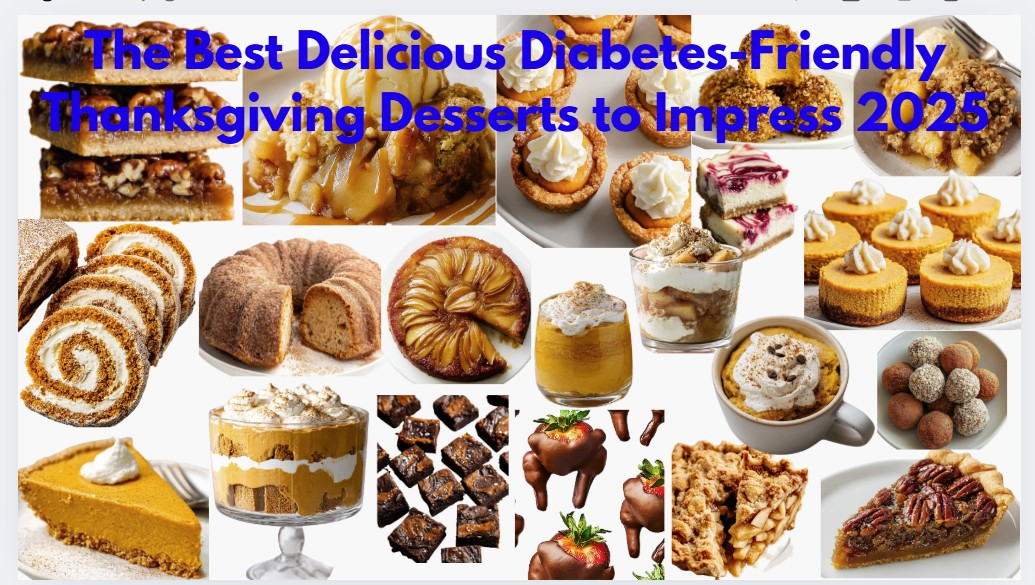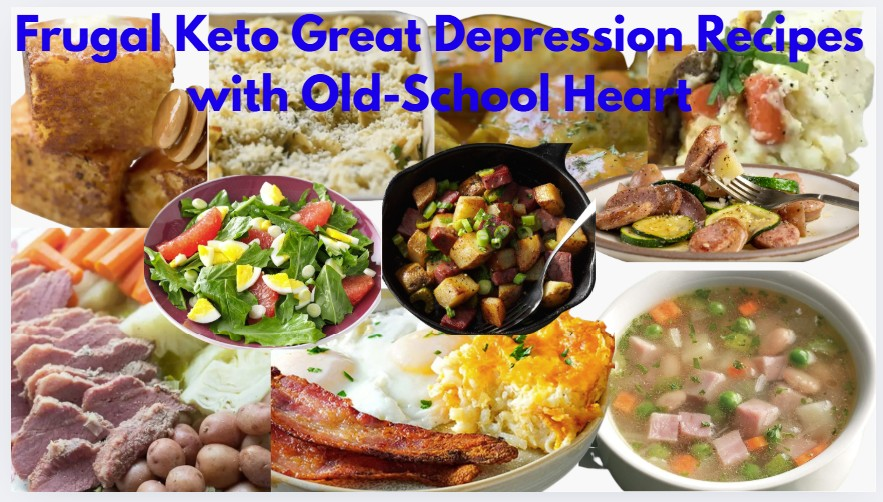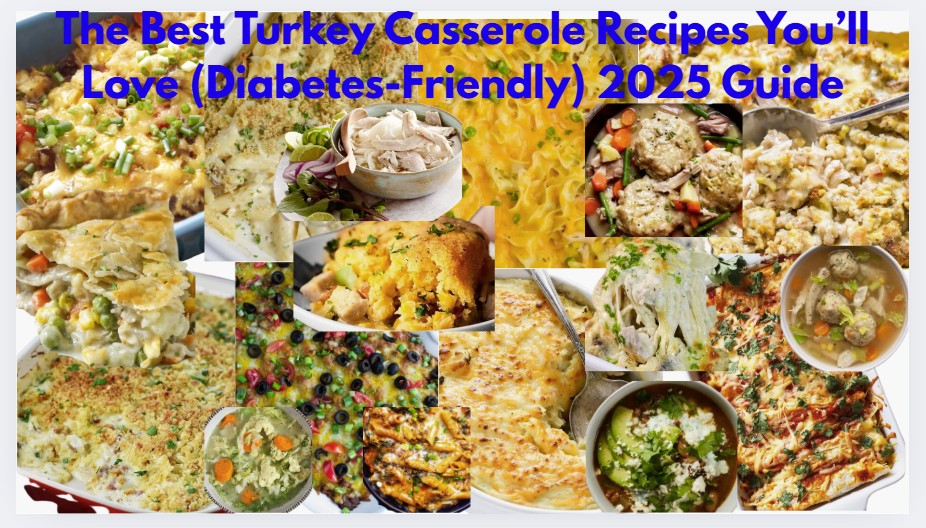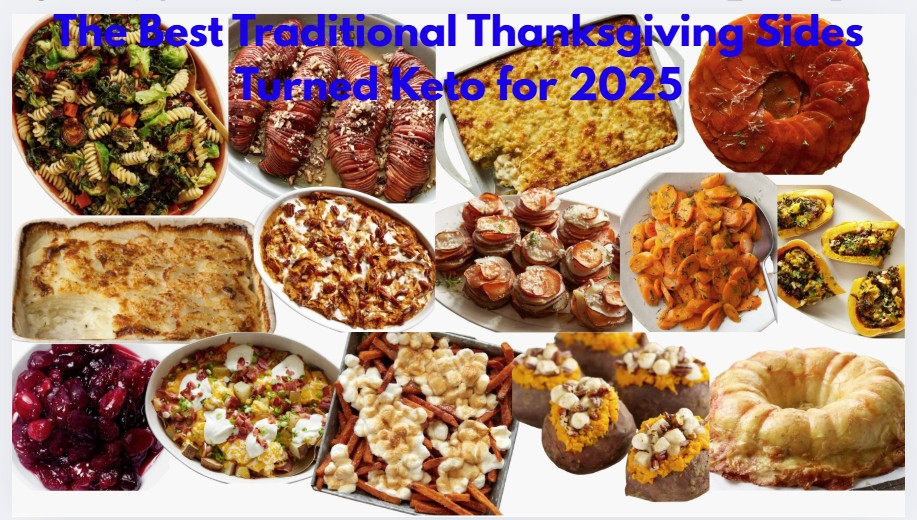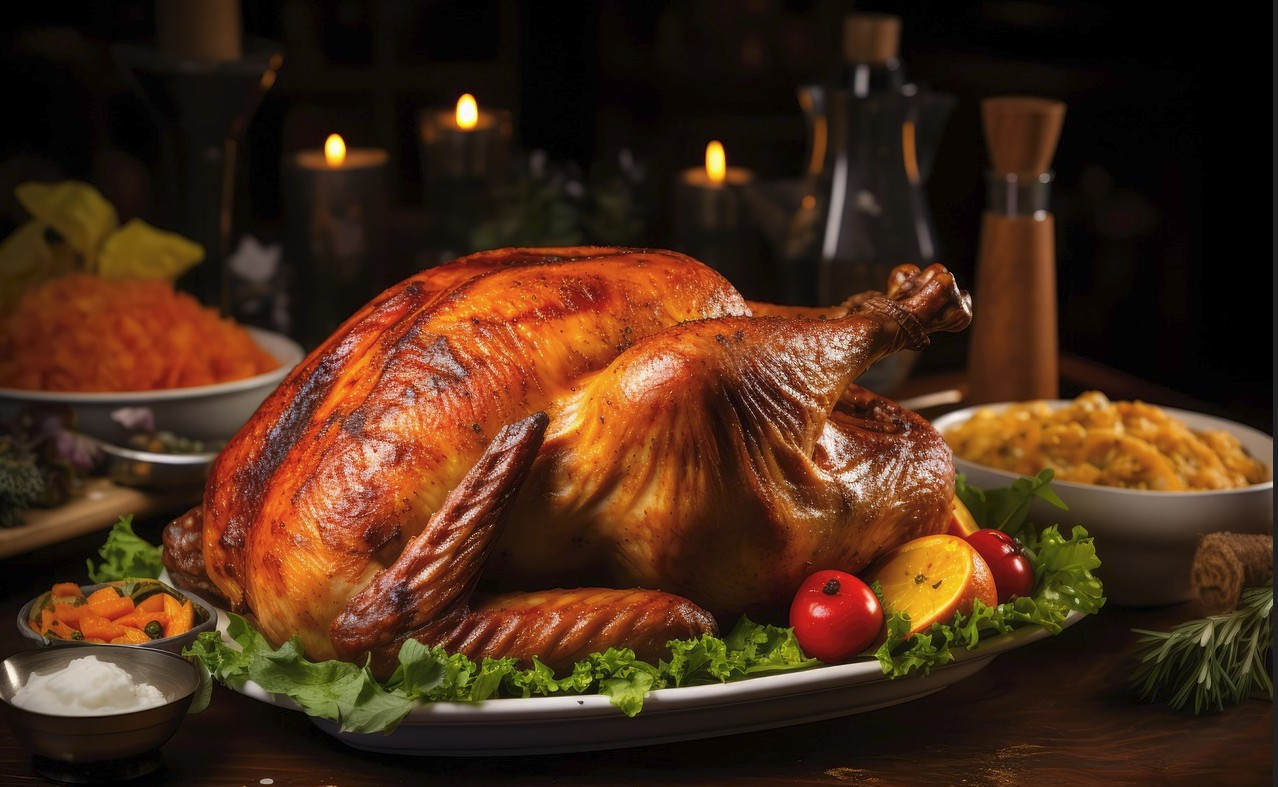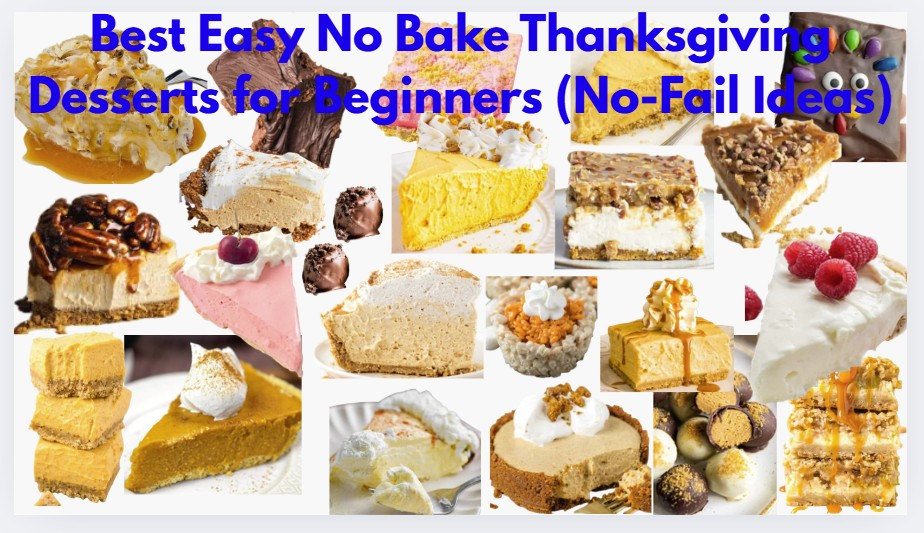What Foods You Can Freeze You can freeze a lot more than most people realize. I keep bread, butter, and even milk stashed in the freezer (milk’s texture changes but it works fine for baking or cooking). Meat and seafood, as long as they’re wrapped well, keep their quality for months. Fruits like berries, mango, or even grapes go straight into the freezer after washing or light blanching. Shredded cheese, cooked pasta, rice, and soup can all withstand freezing—just portion them out before chilling. Fresh herbs don’t have to wilt away; I freeze them with olive oil in an ice tray and pop out a cube as needed. Dr. Lisa Young, a dietitian, says, “Freezing helps cut back on food waste and gives you more flexibility.” Cheese slices hold up, though hard cheeses last better than soft ones. If you’re unsure about a food’s freezer life, check the label or give it a quick search. I was surprised by how much less we threw away once leftovers had a spot in the freezer. Learn to save more with freezable foods.
Freezing Food to Save Money Stashing food in the freezer stretches your budget and helps keep meals varied. When I find a good sale on meat or canned bread, I buy extra and freeze half for busy weeks. Same goes for vegetables and cheese—frozen broccoli works well in stir-fry, and shredded cheese melts like new. The USDA says freezing keeps food safe for longer than most people realize, though some foods lose flavor or texture over time. I label and date every package, which makes it simple to track what needs using up. When I started freezing cooked rice, meal prep got much easier (just reheat and serve). If you’re trying to control costs, batch-cook dinners and freeze the extras. It pays off, both in less waste and fewer last-minute grocery runs.
Types Of Freezers for Food Most kitchens have a small freezer above the fridge, and that’s a fine way to start. If you have a bigger family or really want to save by buying in bulk, you might add a chest or upright freezer. These show up on secondhand sites pretty often, or you can catch a sale. If you’re tempted, measure your space first—chest freezers hold more, but upright models make it easier to see and reach everything inside.
What Fruit Can You Freeze? Almost any berry is freezer-friendly—strawberries, blueberries, blackberries. Apples freeze well as applesauce or pie filling. Bananas ripen fast, so I freeze them peeled for smoothies or baking. Melons (in cubes) and stone fruits like peaches or plums soften, but they work if you’re using them in smoothies or baked dishes. Frozen fruit can also stand in for ice cubes in water.
What Vegetables Can You Freeze? Corn, peas, green beans, and broccoli all freeze well. I’ve noticed some—like asparagus—get mushy after thawing, so I only use those in recipes where texture matters less (think quiche or soup). Spinach goes straight from the freezer into pasta or eggs. For the best result, blanch vegetables before freezing to lock in color and texture.
Foods That Do Not Freeze Well Never freeze raw meats or seafood a second time unless you cook it first. Raw potatoes don’t freeze properly—they end up grainy. Most dairy separates when frozen, though grated cheese and butter do fine.
What Meats Can You Freeze? Fresh beef, pork, chicken, and lamb freeze well. Only freeze meat you haven’t thawed before. Cooked meat like ground beef for tacos or spaghetti sauces also stores well—freeze it in single-use amounts for easy dinners. Always label packages with the date.
Can You Freeze Milk? Yes, but expect some separation. Just shake it before using and stick to baking or cooking with frozen milk if you mind the texture. Fresh milk is better for drinking, but frugal cooks use frozen milk for pancakes, sauces, or bread.
Do Not Freeze Skip freezing previously thawed meat until it’s cooked. Avoid whole eggs in the shell. Most soft dairy (like cream cheese or yogurt) won’t survive the freezer. Always use common sense—if a food looks or smells off after thawing, toss it.
Tried-and-true freezer habits save real money and trim waste. If you haven’t started yet, pick a few basics to freeze this week and see how your food budget stretches.
75 Foods You Can Freeze To Save Money:
1. Bread
2. Bread Dough
3. Cookies
4. Cookie Dough
5. Pizza Dough
6. Pastries
7. Cakes
8. Icing
9. Tortillas
10. Nuts
11. Water
12. Juices
13. Coffee Grinds
14. Brewed Coffee
15. Flour
16. Sugar
17. Oatmeal
18. Salt
19. Cornmeal
20. Yeast
21. Dry Beans
22. Cooked Beans
23. Butter
24. Cheese (texture may change when defrosted)
25. Milk (texture may change when defrosted)
26. Cream (texture may change when defrosted)
27. Cream Cheese (texture may change when defrosted)
28. Cheese Bits
29. Yogurt
30. Yogurt Tubes
31. Pudding
32. Chocolate
33. Eggs (crack them into ice cube tray or scramble them)
34. Soup
35. Bone Broth
36. Bacon
37. Deli Meat
38. Fish (not advised to freeze previously frozen items)
39. Shellfish (not advised to freeze previously frozen items)
40. Beef
41. Chicken
42. Tofu
43. Pork
44. Casseroles
45. Lasagna
46. Leftovers
47. Stews
48. Freezer Meals
49. Berries
50. Avocado
51. Hashbrowns
52. Smoothie Ingredients
53. Bananas
55. Herbs
56. Spices
57. Chopped Onions
58. Lemons
59. Cabbage
60. Peppers
61. Grated Zucchini
62. Other Vegetables
63. Watermelon
64. Tomatoes
65. Tomato Sauce
66. Pesto
67. Hummus
68. Corn
69. Fruit Zest
70. Dog Treats
71. Potato Chips
72. Pretzels
73. Vegetable Scraps For Stock
74. Bottles of Water
75. Candy

